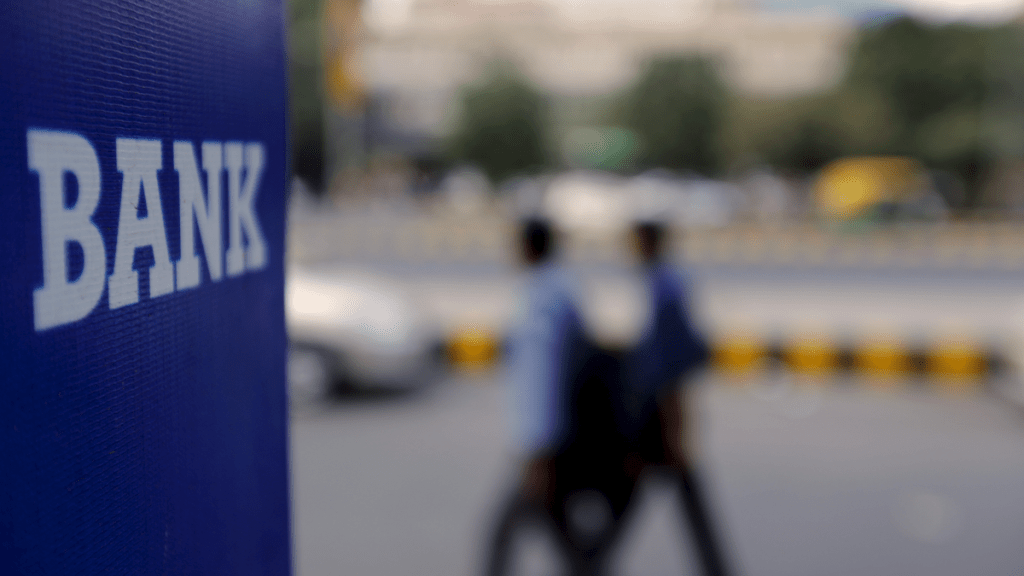The asset quality of private sector banks improved in the second quarter, primarily because of lower slippages across segments.
Data collated from Capitaline for 13 private banks showed that the average gross non-performing asset (GNPA) ratio declined 13 basis points sequentially to 2.16% as of September 30, while the average net NPA ratio eased 2 bps to 0.55%.
HDFC Bank, the country’s largest private lender, saw its GNPA ratio improve by 16 bps to 1.24% while net NPA fell 5 bps to 0.42%. “Our USP has been the asset quality. We continue to maintain a very healthy quality, and these metrics have remained range-bound for a long period,” said Sashidhar Jagdishan, MD and CEO, in the post-earnings media call.
ICICI Bank also reported a sequential improvement, with the GNPA and net NPA ratios declining by 9 bps and 2 bps, respectively. The management has noted that retail asset quality remained stable, especially in secured segments. While stress spikes in personal loans and credit cards, portfolio actions have begun to yield results, and the bank expects a recovery in growth.
IndusInd Bank’s asset quality improved following a write-off of Rs 2,517 crore, primarily from its microfinance portfolio. “Microfinance slippages remained elevated during the quarter, prompting us to undertake accelerated provisioning to rationalise the outstanding NPA book. As a result, GNPA and net NPA improved to 3.6% and 1.44%, respectively,” said Rajiv Anand, MD and CEO, in the post-earnings media interaction.
A report by ICICI Securities noted that while microfinance slippages may have peaked, write-offs are likely to remain elevated due to the bulky GNPA pool. “We estimate credit costs to stay high in the near term, as IndusInd Bank aims to reduce net NPA and strengthen its provision coverage ratio,” the report said.
IDFC First, too, posted a sequential improvement, with GNPA and net NPA ratios declining by 11 bps and 3 bps to 1.86% and 0.52%, respectively. Excluding microfinance, the slippage ratio improved to 3.4% from 3.54% a quarter ago. With stress easing, the bank expects credit costs to improve. Excluding the microfinance segment, credit cost stood at 2.03%.
As consumption picks up and retail credit demand remains resilient, lenders said they would strike a balance between growth and prudence, keeping asset quality in focus amid evolving macro conditions.


